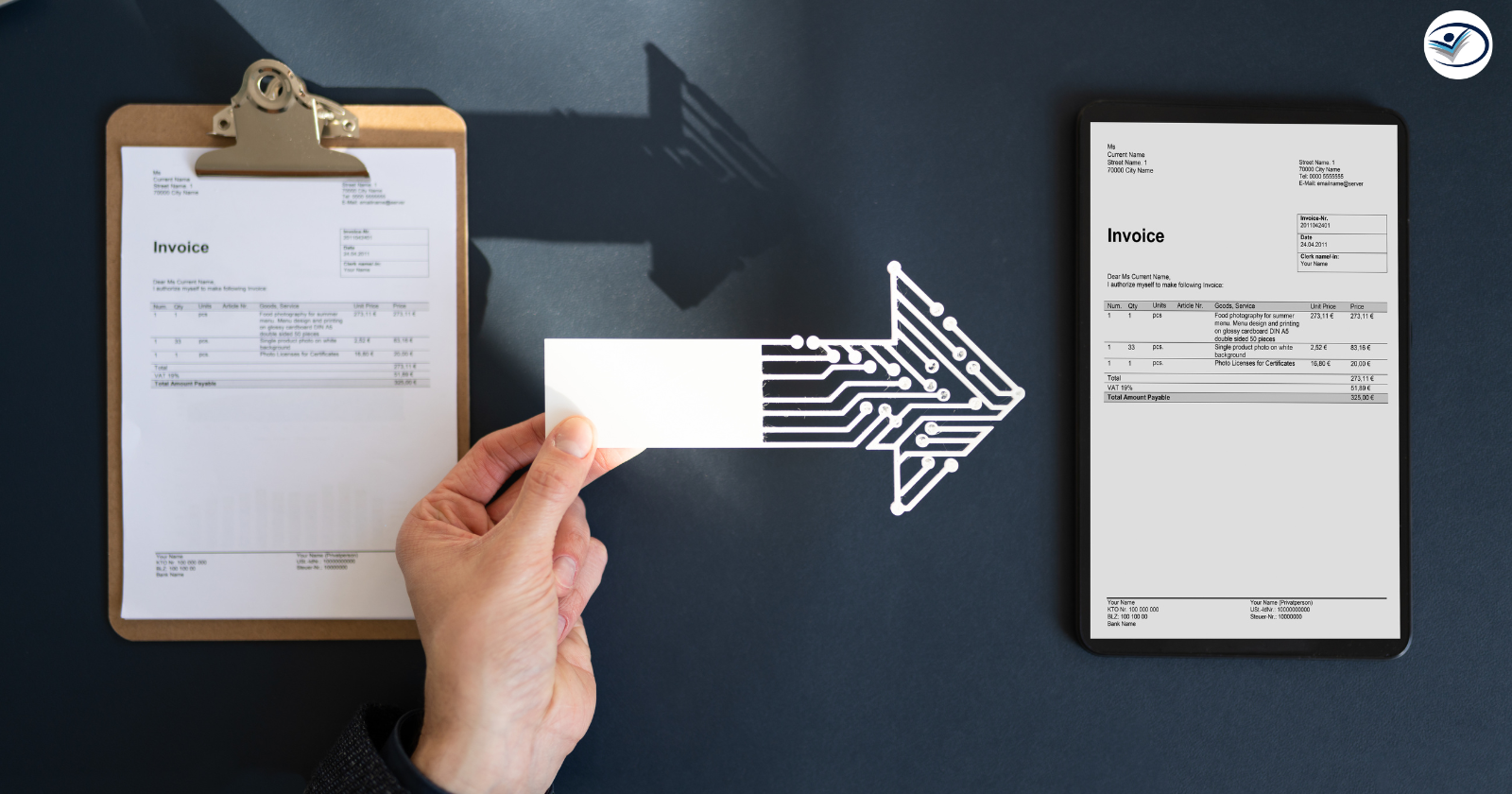Imagine this: a finance officer in a busy UK school, surrounded by a growing pile of paper invoices, manually matching them to purchase orders, chasing department heads for approvals, and keying in every detail into a finance system. It might sound like a scene from a decade ago—but for many schools, it is the reality today.
Despite living in an increasingly digital world, a significant number of UK schools continue to rely on manual invoice processing. On the surface, it seems manageable. But underneath? A slow bleed of time, money, and missed opportunities.
What’s the True Cost of ‘Business as Usual’?
Research shows that processing a single invoice manually can cost anywhere from £4 to £25—and in some cases, even up to £50. For schools processing thousands of invoices every year, that’s a staggering financial drain.
And that’s just the obvious cost.
Let’s talk about the hidden ones: delayed approvals, lost invoices, duplicate payments, hours spent on corrections, and limited visibility on where the money’s going. It’s no wonder that many finance teams find themselves firefighting rather than planning.
Levvel Research estimates an average of £15 per manually processed invoice. Now imagine a MAT or secondary school processing 500 invoices a month. That’s over £90,000 a year in avoidable costs.
Lost Time, Missed Opportunities
The problem is not just about pounds and pence—it is about time. Time spent by staff doing repetitive, low-value tasks that could be automated. Time that could be redirected to forecasting, strategic planning, or supporting front-line education.
In fact, automation has been shown to cut data entry requirements by as much as 83%. That’s not just impressive—it is transformative.
What Are We Risking By Delaying Change?
Beyond costs and time, manual systems come with other serious drawbacks:
- Late Payments: Lost or stalled invoices result in missed payment deadlines and damaged supplier relationships.
- Errors: Manual data entry is prone to mistakes—leading to overpayments, duplicate transactions, and audit headaches.
- Poor Visibility: Without real-time data, it’s nearly impossible to track spend accurately or spot cost-saving opportunities.
The impact? A reactive finance culture instead of a proactive one—just when schools can least afford it.
But There is Good News…
The move to automation isn’t just a theory. It’s a proven, well-trodden path—and the success stories are growing.
Northumbria University
Northumbria processes 15,000 invoices a year. After implementing an automated system with OCR data capture and validation, they cut processing costs by 30% and achieved 99.9% accuracy. Attempts to digitise had failed in the past, but a customised solution finally got them across the line.
Pathfinder Multi Academy Trust
Pathfinder adopted a system that decentralised invoice coding and approval to schools while maintaining central oversight. The result? Fewer trips moving invoices between schools, reduced printing costs, a complete audit trail, and smoother communication with suppliers.
As their Finance Manager put it: "Paperless means all invoices now come in centrally and are sent out to schools via document flows—saving numerous trips and rising fuel costs."
Industry-Wide Success
Capita Group plc saved 75% on processing costs using an automation solution to handle 400,000 invoices annually. More broadly, most organisations that adopt AP automation report savings of 60–80%.
Even a modest-sized school processing 500 invoices a month could save £78,000 a year.
How Can Schools Catch Up?
If your school or trust is still relying on paper and spreadsheets, you are not alone—but you do not have to stay there.
Here are the key steps to get started:
1. Adopt Automated Invoice Processing
Look for solutions with OCR, integration with your finance system, electronic storage, and built-in validation. Systems tailored to education will always offer better outcomes.
2. Centralise Invoice Receipt
A central email or portal for receiving invoices can streamline processes, eliminate lost paperwork, and enable instant digital capture.
3. Digitise Approval Workflows
Set up workflows that automatically route invoices to the right approvers, provide real-time visibility, and allow for delegation.
4. Standardise Everything
Templates, consistent coding practices, and documented procedures reduce errors and save time. Birmingham City Council’s guidance emphasises accuracy and clear processes—good advice for any school.
Final Thoughts: Time to Rethink the Routine
Schools are under constant pressure to do more with less. Every pound saved through efficiency is a pound that can be spent on teaching and learning.
Manual invoice processing is a relic of the past—and it's costing us far more than we think. Automation is not just about technology; it’s about leadership, strategic foresight, and reclaiming the valuable time and resources our schools need to thrive.
We have seen what’s possible. Now the question is—what’s stopping us?
Comments:
No comments!
